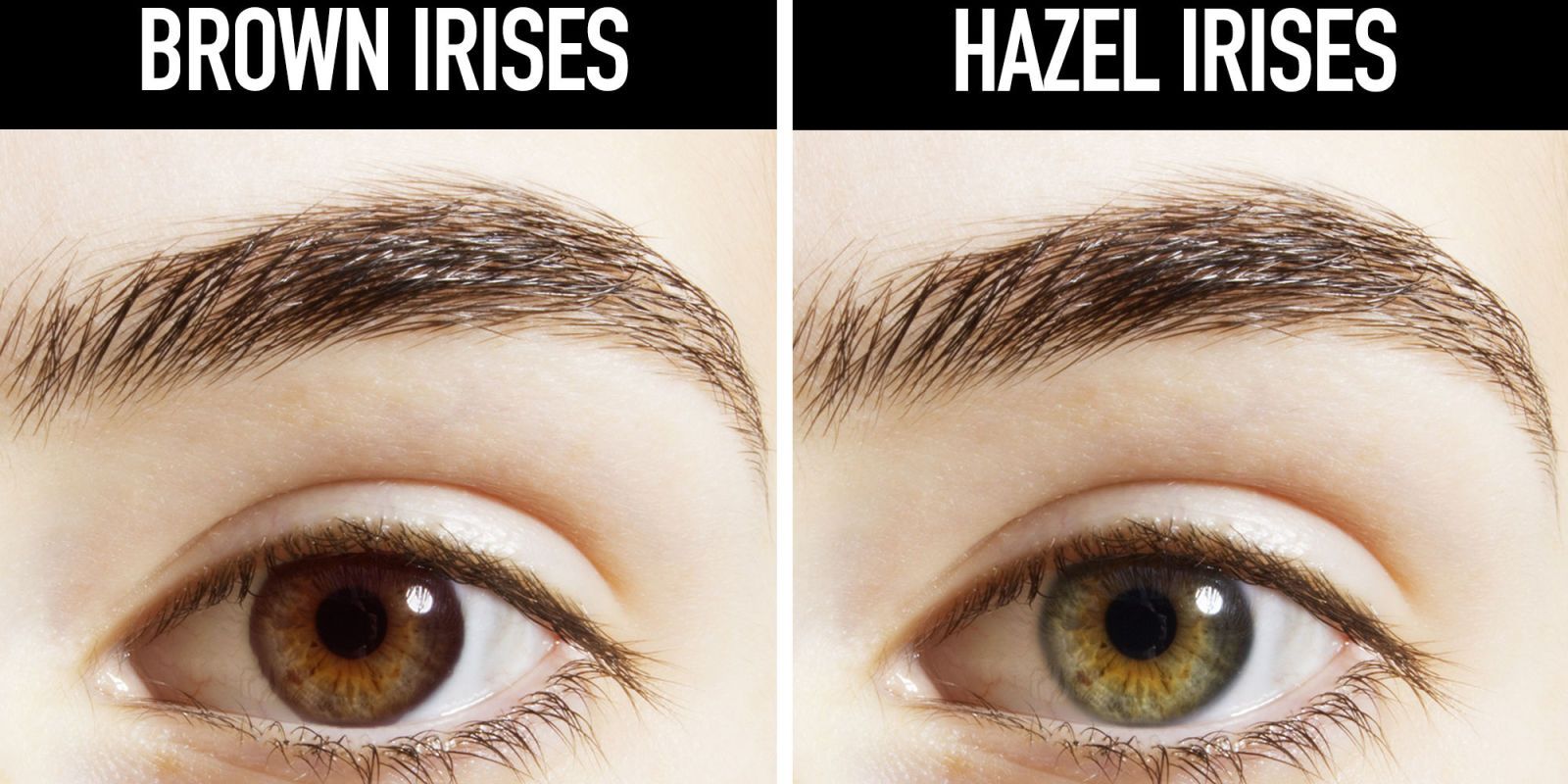
Much talking hurts one whose eyes are affected. Rapid walking consumes one five-hundredth part of the sight. Fine bread and old wine are good for the eyes, as well as for the entire body. Some kinds of food are beneficial and others harmful to the sight. Pain in the eyes is dangerous, as the sight is connected with the heart ('Ab. Sometimes the eyes are very deeply set, a formation that may be regarded as a bodily defect" (Rosenzweig, "Das Auge in Bibel und Talmud," pp. The eyelashes also may be heavy or sparse, or there may be none at all. The eyebrows are sometimes close to the eye sometimes they are so long that they hang far down the face and again there are no eyebrows at all. "Persons with large eyes often have a peculiar expression. Eyes and eyesight differ in size and strength in various persons. The white is derived from the father the black, from the mother. The white part preponderates in the human eye, while the black preponderates in the eyes of beasts. It consists of a dark and a white mass separated from each other by a narrow rim. The eyeball of man is round, while that of a beast is oblong.

Much more was known regarding the anatomy and physiology of the eye during the period of tradition in the centuries immediately preceding and succeeding the beginning of the common era than in Biblical times. The raising of the eyes expressed a wish, as it still does among children (Ps. Good will and malevolence are mirrored in the eye (Prov. 19, God's eye is 10,000 times brighter than the sun. Desire, love, hatred, pride, etc., were all expressed in the eye and in the Hebrew language are found separate terms for all modes of seeing and not seeing (Gen. The ancient Israelites had very expressive eyes. The custom of putting out the eyes was so widely spread that it became a figurative term for deceiving (Num. The "lex talionis" is expressed by the phrase "eye for eye" (Ex. The Ammonites consented to make peace with the inhabitants of Jabesh only on condition that all of them would submit to having their right eyes "thrust out" (I Sam. Samson was blinded by the Philistines, and King Zedekiah by the Babylonians (Judges xvi. The barbaric custom of putting out the eyes was practised quite frequently. Women used a cosmetic for the eye consisting of a mixture of plumbagin and zinc, which they applied to the inner surface of the eyelids in such a way as to produce a narrow black rim, making the eyes appear larger (II Kings ix. In regard to the care of the eyes, it is said that smoke injures them (Prov. The original inhabitants of Palestine are called figuratively "pricks" and "thorns" in the eyes (Num. 18) indicates that an inflammation of the eyes is generally meant and the same may be assumed from the expressions used to denote "opening the eyes" (Isa. Diseases of the eye were not recognized as such, since the oculist's art was not at all developed among any ancient people except the Egyptians hence nothing has been transmitted on this point, and the nature of the diseases mentioned can not be definitely determined. 20), he was not allowed to officiate at the sacrifice. If a priest became blind or had a spot on his eye ("teballul be-'eno" Lev. Blind persons are spoken of comparatively seldom (see Jew. How far blindness-very frequent in antiquity-prevailed in ancient Israel can not be determined from the references found in the Bible. The son closed the eyes of his dead parent (Gen. 7) much drinking of wine makes the eye deep red (Gen. The fat eye of persons addicted to high living protrudes (Ps. The eye is said to be affected by emotions in general (Ps. 17) while under favorable circumstances they light up (I Sam. 136), injuring and even ruining the eyes (Lam. 23) and tears flowed often and copiously (Lam.


The sight was also impaired by sorrow and misfortune (Ps. The eye became weak, heavy, or fixed in old age (Gen. Near-sightedness, far-sighteduess, and weak-sightedness are not mentioned. The eye of the Oriental is not only large, but it is also very strong. 5), and the eyebrows ("gabbot 'enaw" Lev. 419b) the pupil ("ishon" = "little man," whose image appears in the eye as in a mirror Deut. The following parts are mentioned: the eyeball ("bat 'ayin" = "girl of the eye," "little doll" Lam. This important organ is mentioned more than 800 times in the Bible, but is described only in its external appearance and significance, according to the experience of daily life.


 0 kommentar(er)
0 kommentar(er)
